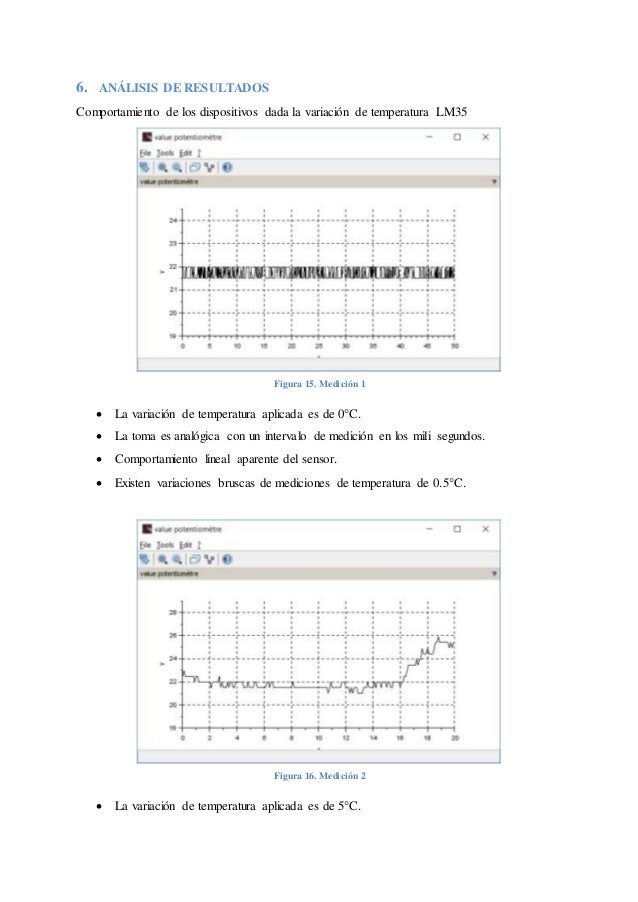
- #SCILAB ARDUINO XCOS HOW TO#
- #SCILAB ARDUINO XCOS INSTALL#
- #SCILAB ARDUINO XCOS FULL#
- #SCILAB ARDUINO XCOS SOFTWARE#
- #SCILAB ARDUINO XCOS CODE#
The use of the graphical programming environment Xcos of Scilab is illustrated. It also explains how one can effectively use the state-of-the-art open source computational engine Scilab.
#SCILAB ARDUINO XCOS SOFTWARE#
It explains how one can do this through open source software Arduino Integrated Development Environment (IDE).
#SCILAB ARDUINO XCOS HOW TO#
This book explains how to interface the popular open source microcontroller Arduino Uno board with a computer, running MS Windows or Linux. Microcontrollers form the basis of industrial automation. To excel in manufacturing, industrial automation is indispensable. Research and Development in both software and hardware have to go hand in hand to establish a world standard manufacturing industry. In a done event listener, close the EventSource.The make-in India drive cannot succeed with software alone: a good mastery of hardware is equally important. Use the ref to the correct graph to add the point to that graph, or In an instruction event listener, depending on the type of data,Ĭreate a new Graph and remember the ref to this object, or Write a functional component in React to:
#SCILAB ARDUINO XCOS CODE#
You may refer to for details.Add event listeners as required to handle the various events described above.Ĭopy the Graph class from blocks/eda-frontend/src/components/Shared/Graph.js from the checked out code to your code. For that, use EventSource in your React code to receive events from like this:Ĭonst sse = new EventSource(' ', ) Write code to receive events as described in the task. You may require more once you start coding. For this screening task, you will at least require: Follow the instructions given in on how to create a new react app. Go to the directory of the project cloned, create a new react app called mytask.
#SCILAB ARDUINO XCOS INSTALL#
Install Node.js from and choose an LTS version.Įnsure that the bin directory of node / npm is in your PATH.

Open a terminal, go to your git directory and clone your repository locally. Windows users should use the git bash terminal for the commands below. Install git from your distribution or from on your system. You may also access this copy at any time through Your repositories. Once completed, it will redirect to /Common-Interface-Project. It may take some time to create this copy. Login to GitHub (create your account, if required)Ĭlick on Fork to create a copy of this repository to your GitHub account. So, the final page will have 3 charts containing a total of 6 points. Forget all previous ids.ĭata: addChart id=3 type=bar xMin=0 xMax=10 yMin=-30 yMax=30 #ĭata: addChart id=7 type=chart xMin=-10 xMax=10 yMin=-30 yMax=30 #ĭata: addChart id=1 type=chart xMin=0 xMax=5 yMin=-20 yMax=20 #
#SCILAB ARDUINO XCOS FULL#
It will occupy the full width.ĭata: addChart id=9 type=chart xMin=-10 xMax=10 yMin=-30 yMax=30 # Once processing of the event is completed, wait for the next event.ĭata: addChart id=7 type=bar xMin=0 xMax=10 yMin=-30 yMax=30 # Depending on the data received, take the following actions:ĭata: addChart id=uniqueId type=chartType other-parameters # add (render) a chart to the pageĭata: addData id=chartId other-parameters # add (render) a point to that chartĭata: reset # clear the page. The instruction event will be of three types of data. Depending on the events received, take the following actions: You have to receive and process one event at a time. Note that there may be a delay between two successive events. Make an output page containing charts each having data.Ĭonnect to to start receiving events looking like this:ĭata: addChart id=1 type=bar xMin=0 xMax=10 yMin=-30 yMax=30ĭata: addChart id=2 type=curve xMin=0 xMax=20 yMin=-10 yMax=10ĭata: addChart id=1 type=curve xMin=0 xMax=10 yMin=-30 yMax=30 In case you are also submitting any bonus tasks, please tag the release separately and fill the corresponding Google Form. The tagged release URL would be similar to: Note down the release URL.įinally, fill in the respective Google Form to submit the URL of your SUMMARY.md and the tagged release.


Record a demo by creating either a video, screencast or animated gif of your work and include it in the SUMMARY.md file Once you are done with the project do the following:Ĭreate a file, 'SUMMARY.md' and write a summary of how did you approach the problem, what steps you took to solve, any new package/technology that you used, indicate which files were changed heavily. If you are new to git, please refer to the tutorial link given below: () We recommend that you regularly push your code to git.


 0 kommentar(er)
0 kommentar(er)
